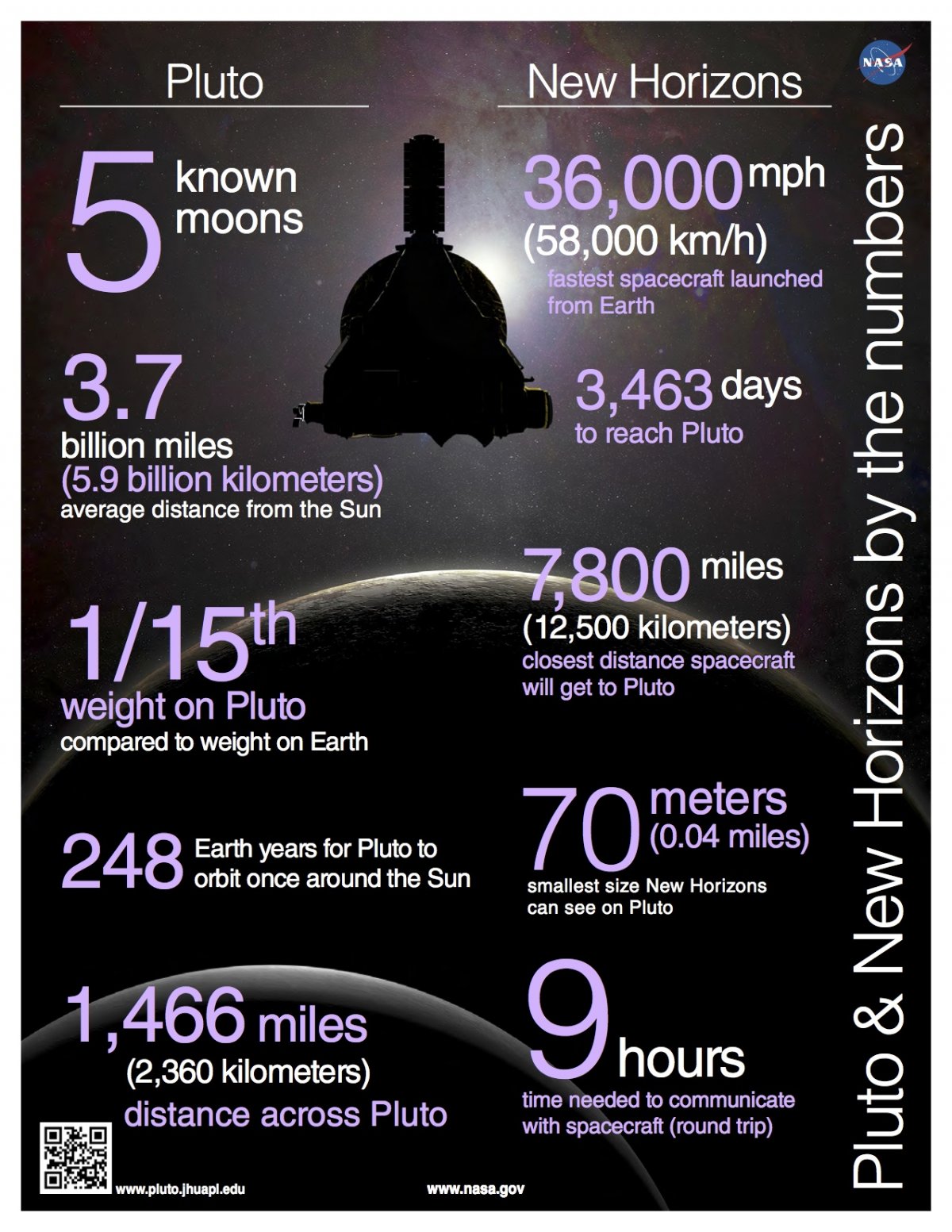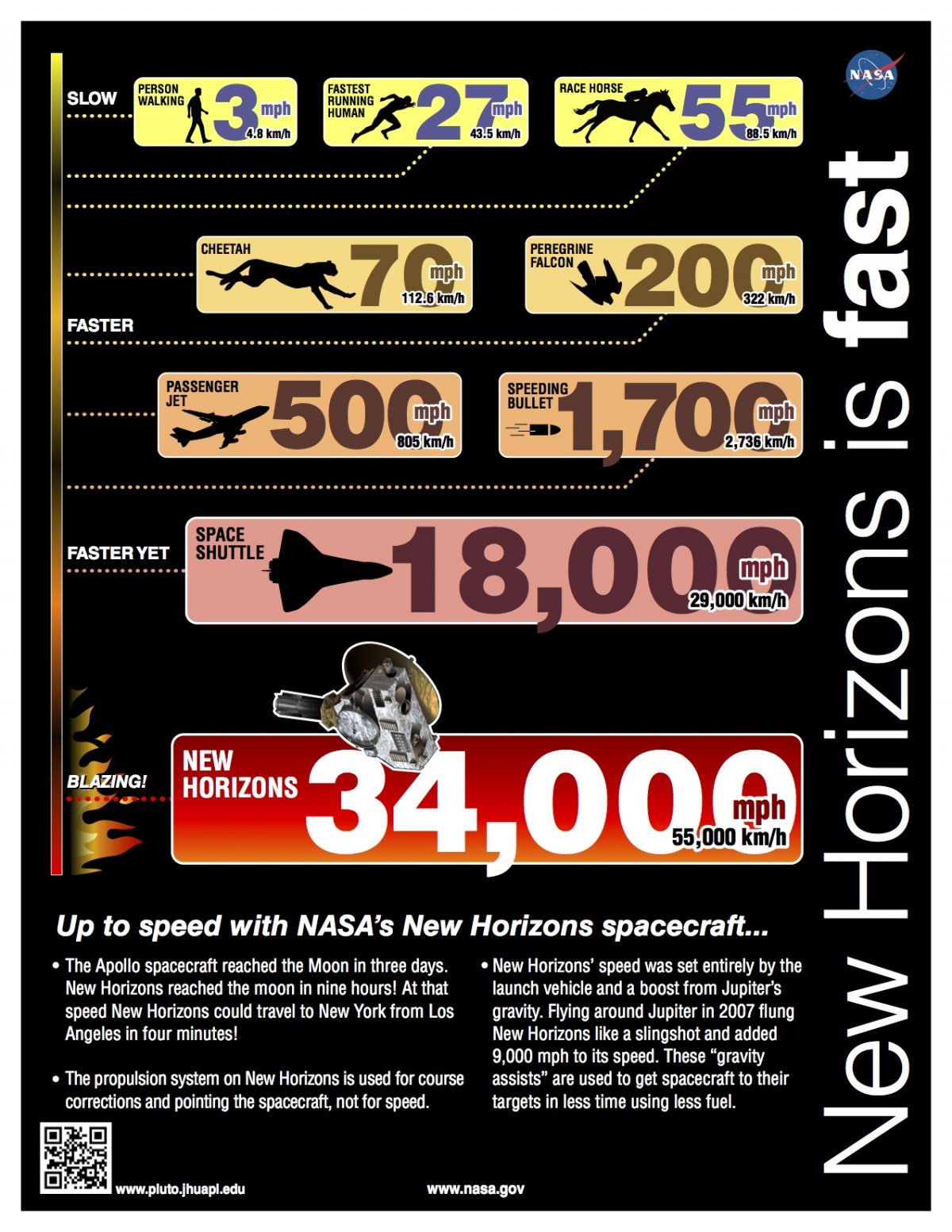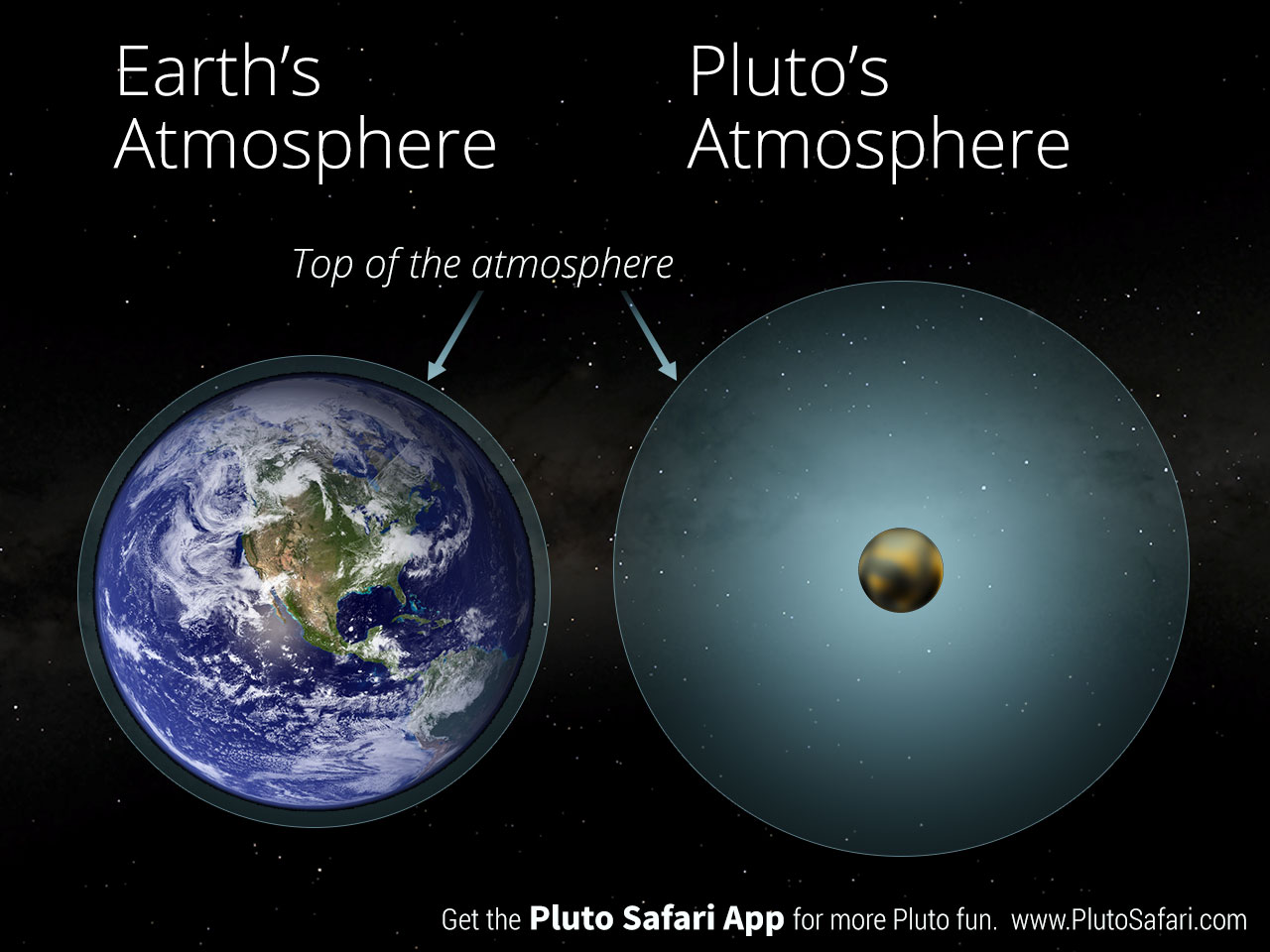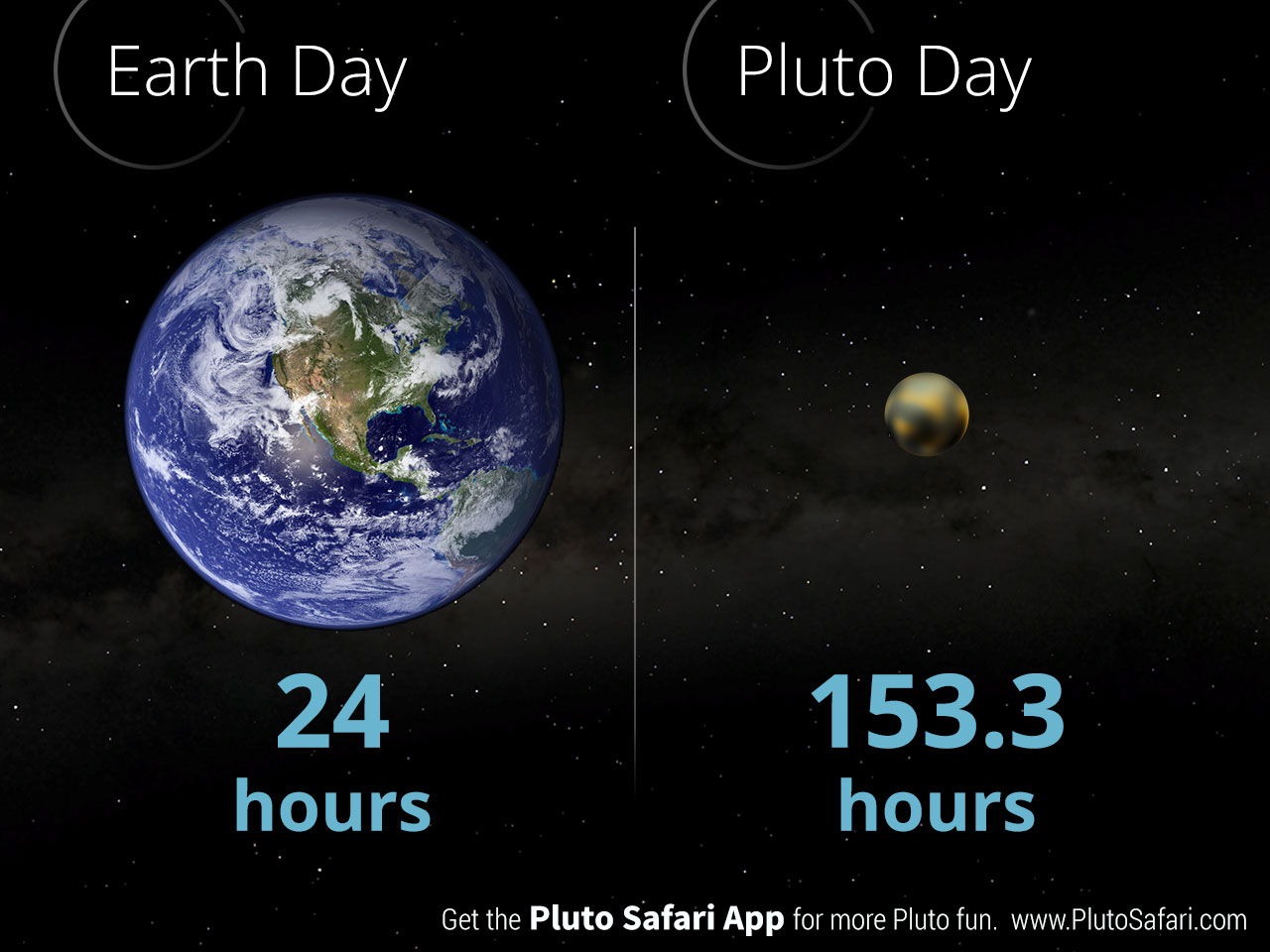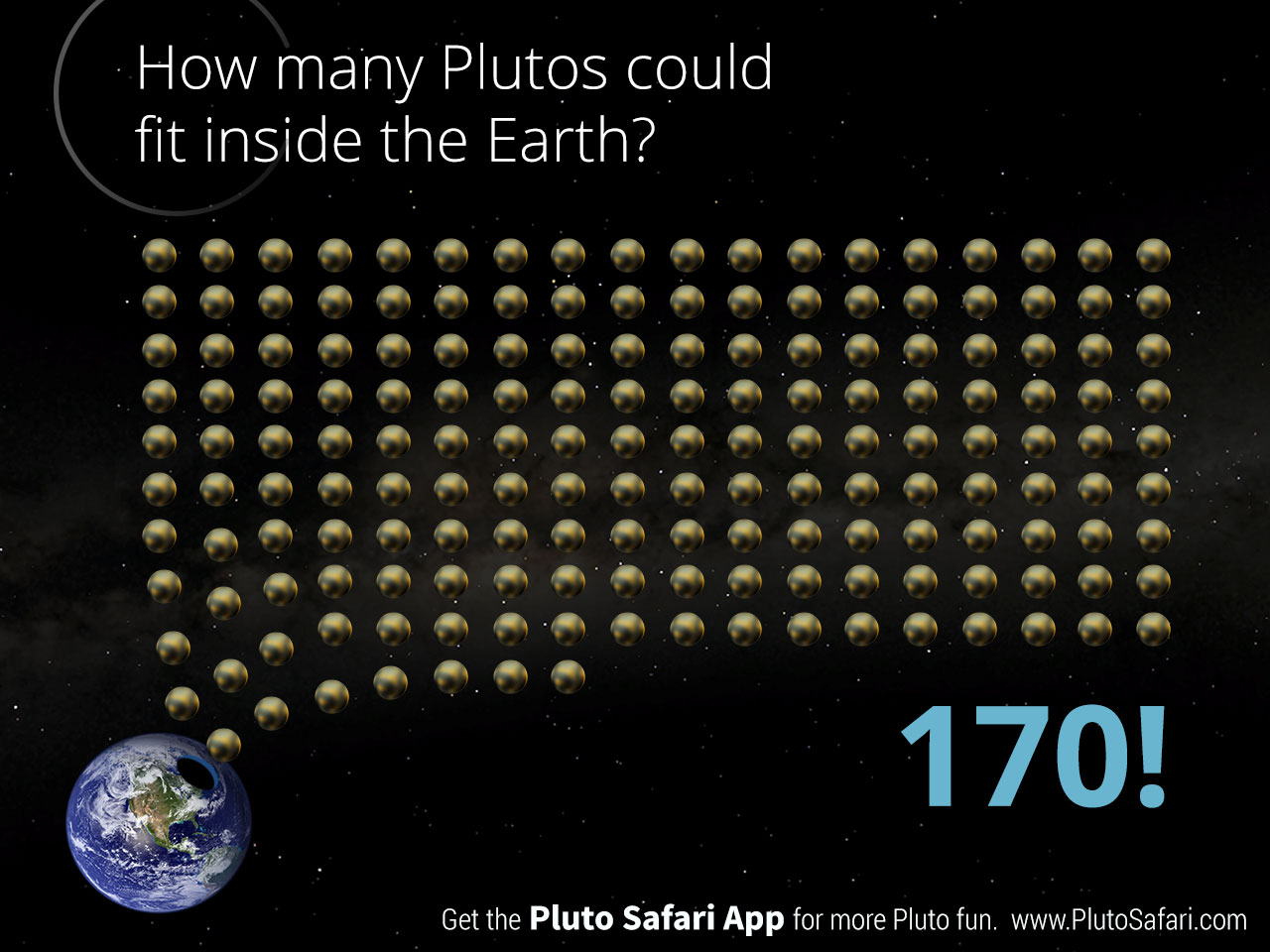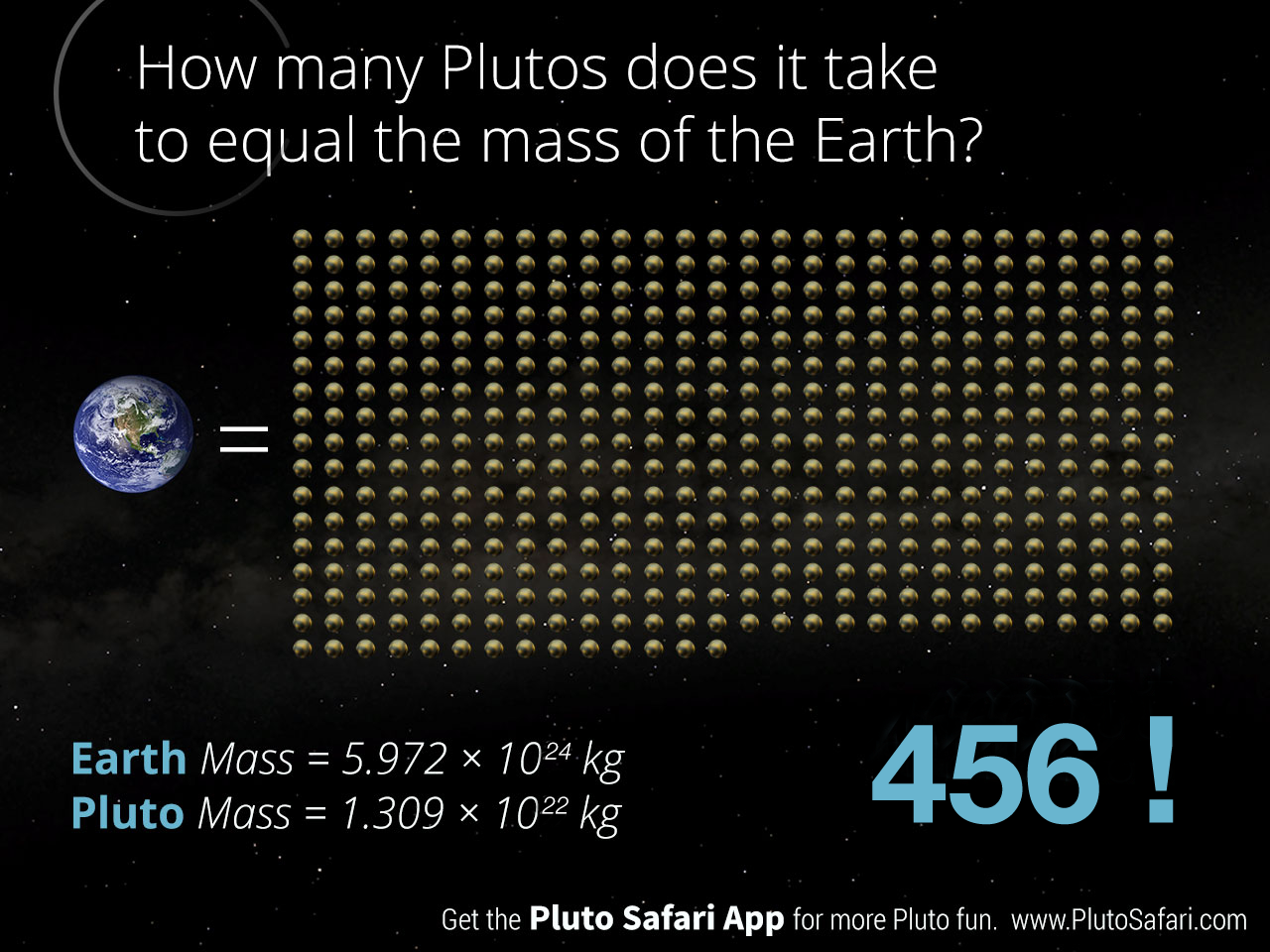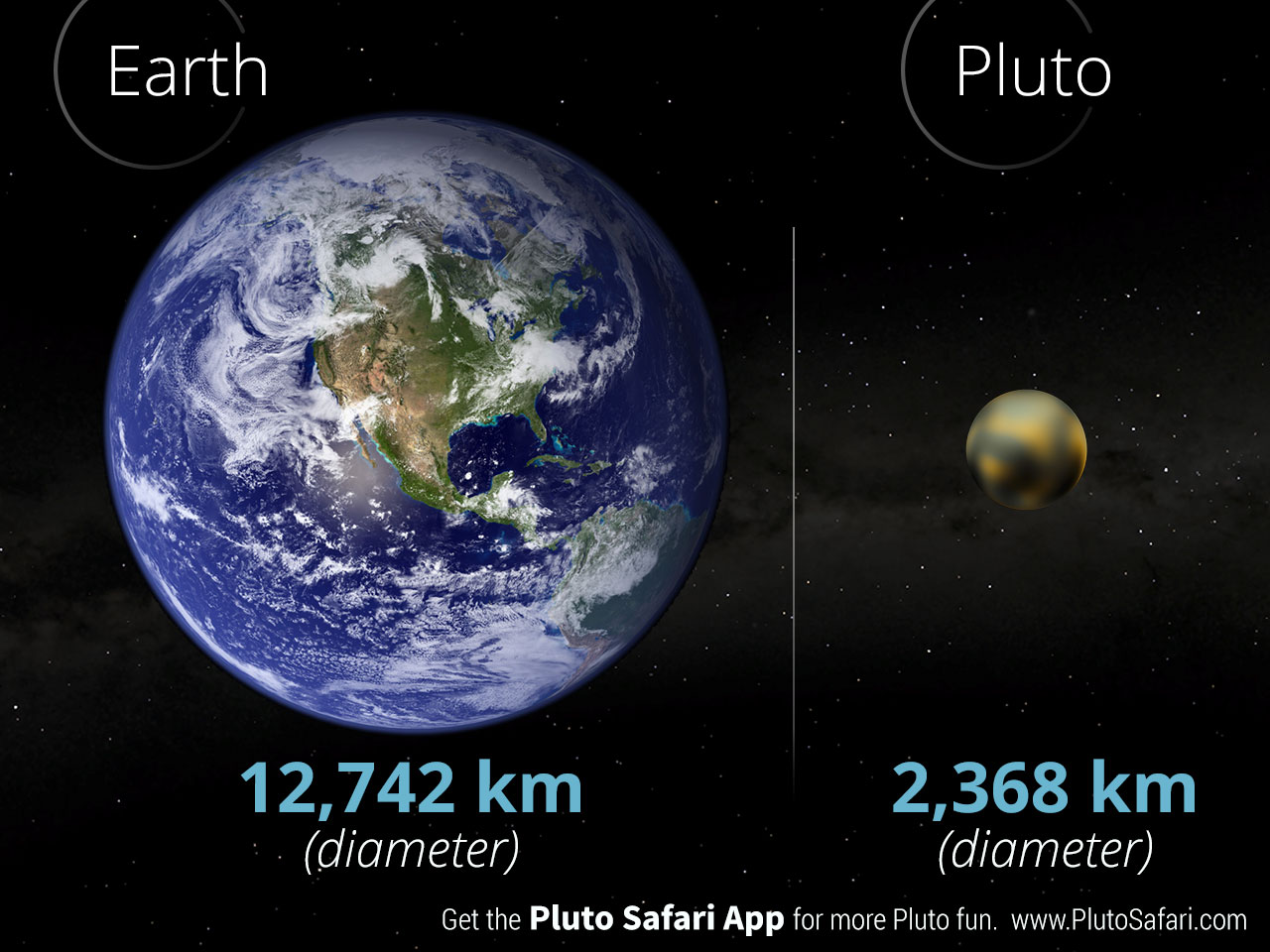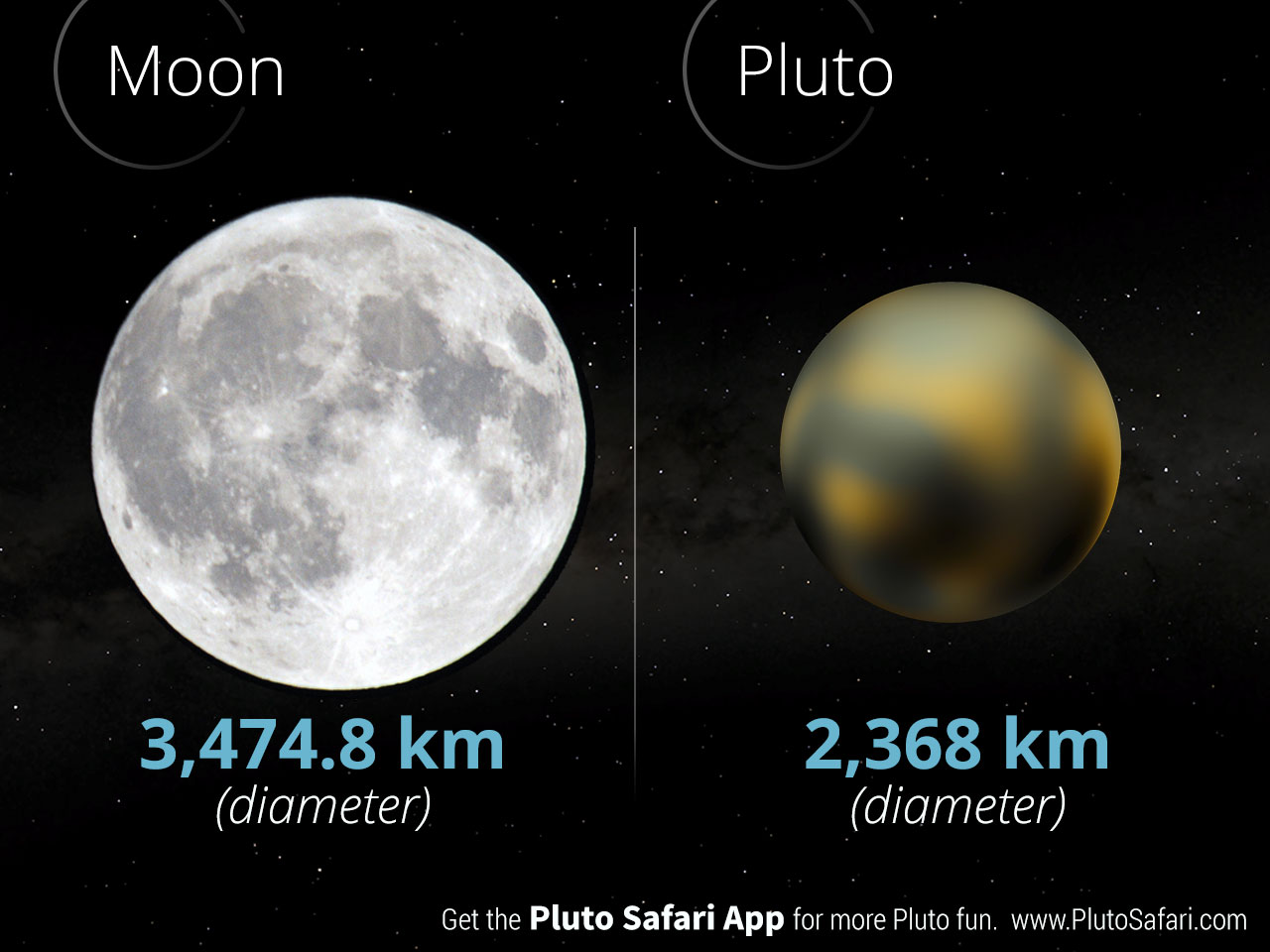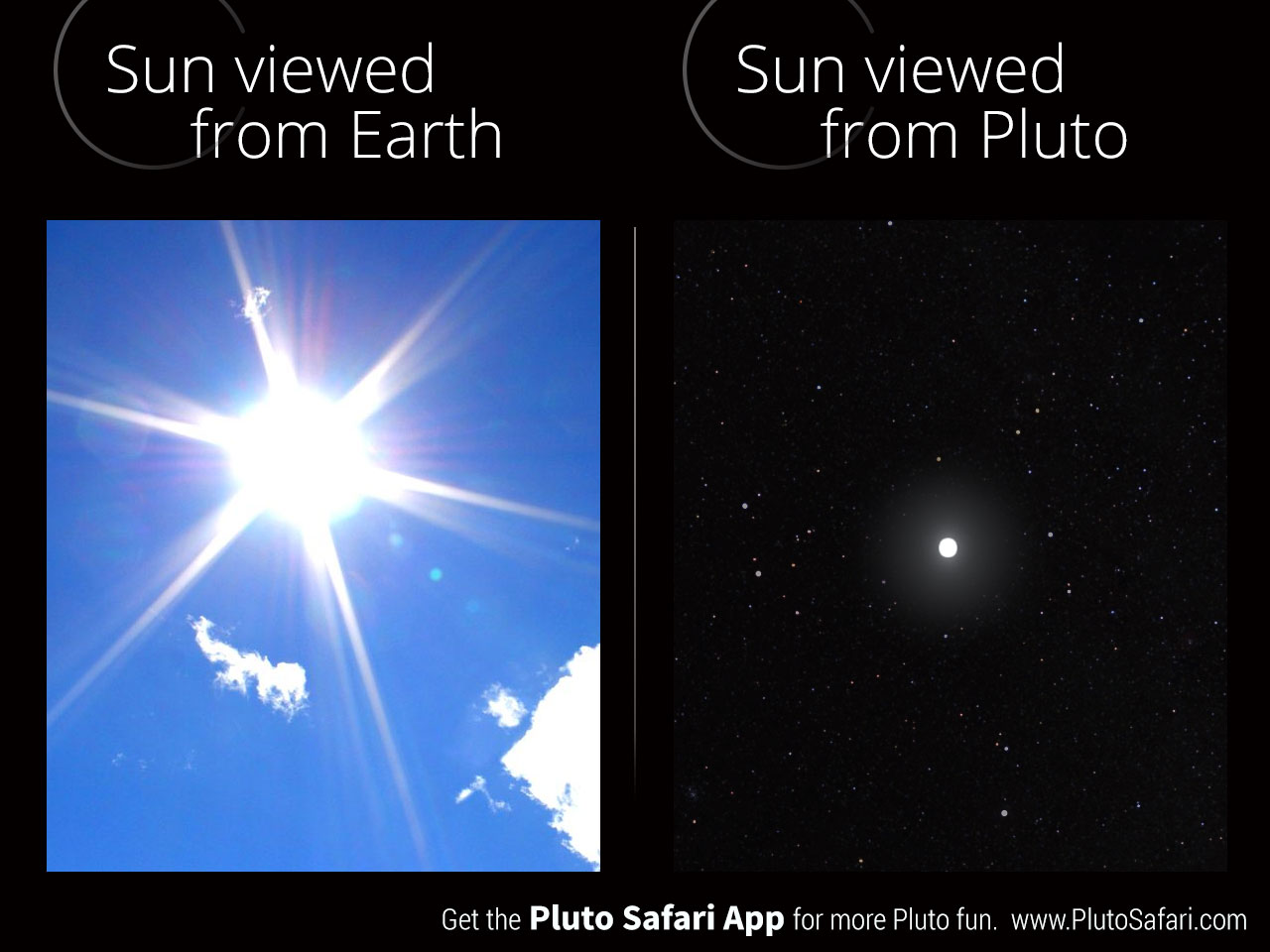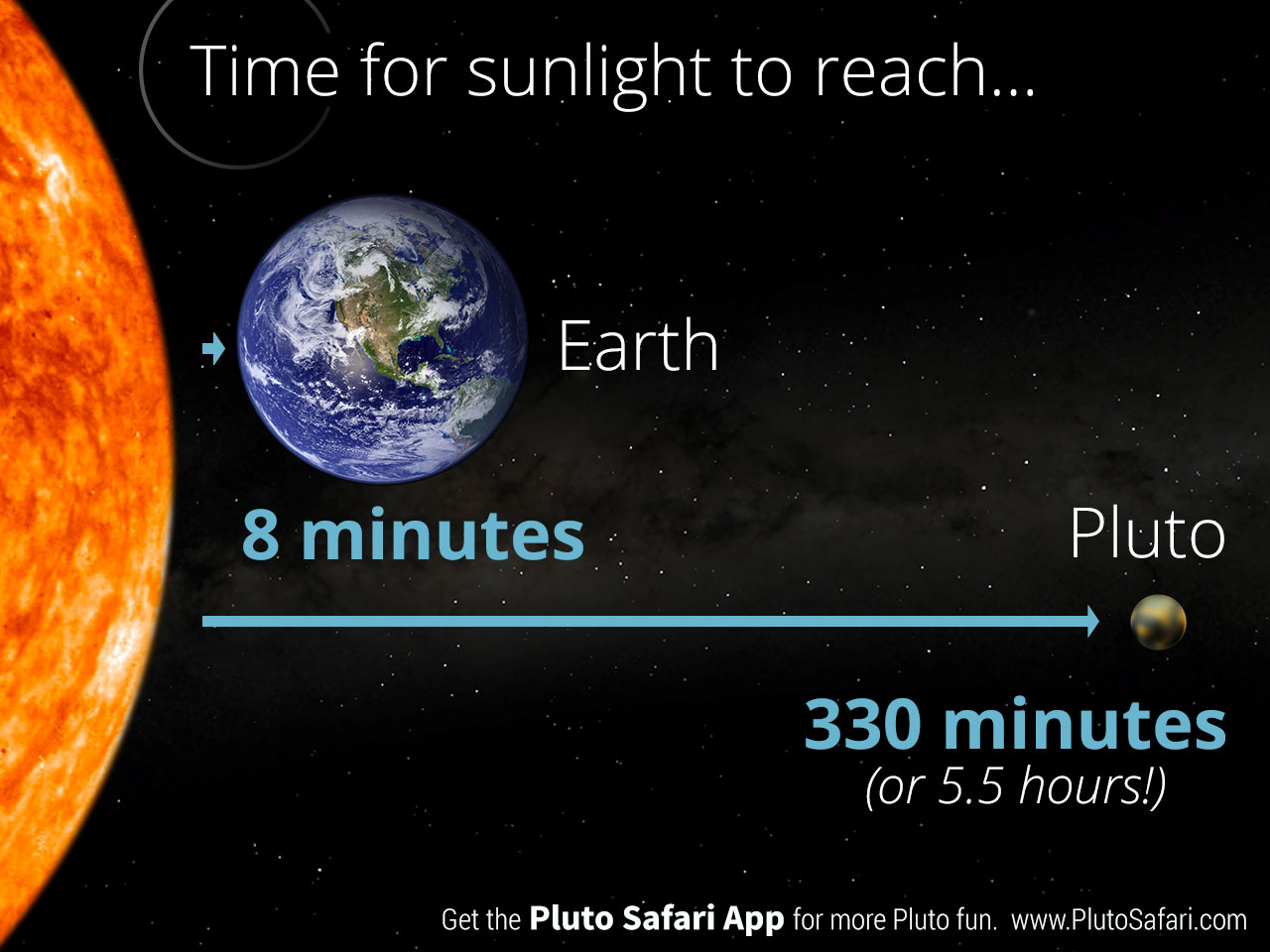In 2006 the International Astronomical Union (IAU) met with the intention of solving the debate once and for all. The goal was to come up with a definition for “planet”, which had never been done before. After many days of contentious debate, the IAU passed the following resolution:
RESOLUTION 5A
The IAU therefore resolves that planets and other bodies in our Solar System, except satellites, be defined into three distinct categories in the following way:
(1) A "planet" is a celestial body that (a) is in orbit around the Sun, (b) has sufficient mass for its self-gravity to overcome rigid body forces so that it assumes a hydrostatic equilibrium (nearly round) shape, and (c) has cleared the neighbourhood around its orbit.
(2) A "dwarf planet" is a celestial body that (a) is in orbit around the Sun, (b) has sufficient mass for its self-gravity to overcome rigid body forces so that it assumes a hydrostatic equilibrium (nearly round) shape [2], (c) has not cleared the neighbourhood around its orbit, and
(d) is not a satellite.
(3) All other objects, except satellites, orbiting the Sun shall be referred to collectively as "Small Solar-System Bodies".
This is a poor definition that has only served to add more confusion. With resolution 2c, “has cleared the neighborhood around its orbit”, the IAU is trying to express that a planet should be the dominant gravitational force in its local region of the solar system. That's not an unreasonable position. Certainly the Earth and Jupiter are the dominant objects in their local regions. But have any of these planets actually "cleared the neighborhood" around their orbits? No. Pluto is still clearly in Neptune's "neighborhood". For that matter, Jupiter has two well-known groups of asteroids, the "Trojans", which lead and follow Jupiter along in its orbit. For that matter, the Earth hasn't quite "cleared the neighborhood" around its orbit, either, as anyone who was near Chebalyink, Russia on Feb 15th, 2013 or Tunguska, Siberia on June 30th, 1908 can attest to. So are Earth, Jupiter, and Neptune the dominant gravitational objects in their local neighborhoods? Yes. Have they "cleared their neighborhoods"? No.
The Thousand Kilometer Rule
Here is what the IAU should have resolved in 2006:
(1) A "planet" [1] is a celestial body that (a) is in orbit around the Sun, (b) has a maximum surface radius greater than 1000 kilometers.
(2) All other objects orbiting the Sun shall be referred to collectively as "Small Solar-System Bodies".
"But that's completely unscientific" you say. "Why 1000 kilometers? Why not 1200, or 750?" I submit to you that the precise definition of a planet as an object at least 1000 kilometers in radius is no less "scientific" than the definition of a "kilometer" as being a unit of distance equal to 1000 meters, or a "degree" being 1/360th of a circle.
Here is a list of the largest known objects orbiting the Sun, and their radii in kilometers:
Jupiter - 69,911
Saturn - 58,232
Uranus - 25,362
Neptune - 24,622
Earth - 6,378
Venus - 6,052
Mars - 3,390
Mercury - 2,440
Pluto - 1,184
Eris - 1,163
Makemake - 715
Haumea - 620
Quaoar - 555
Sedna - 498
Ceres - 475
Orcus - 458
By the 1000-kilometer definition, all eight classical planets would remain planets. As would Pluto, and we add Eris. The solar system would have exactly ten planets. Those fond of keeping Pluto's planetary status for historical reasons would retain its dignity. And elevating Eris to a first-class planet would be an honorable nod to the cutting-edge astronomers whose work led to a need for this new definition in the first place.
And as to the "cleared the neighborhood" part of the definition? This it the most unclear and least popular part o the IAU's 2006 definition. It's best dealt with by being eliminated entirely. The end game is to define the term "planet" in a manner that's simple, understandable, and satisfying. The 1000-kilometer rule does this aptly.
